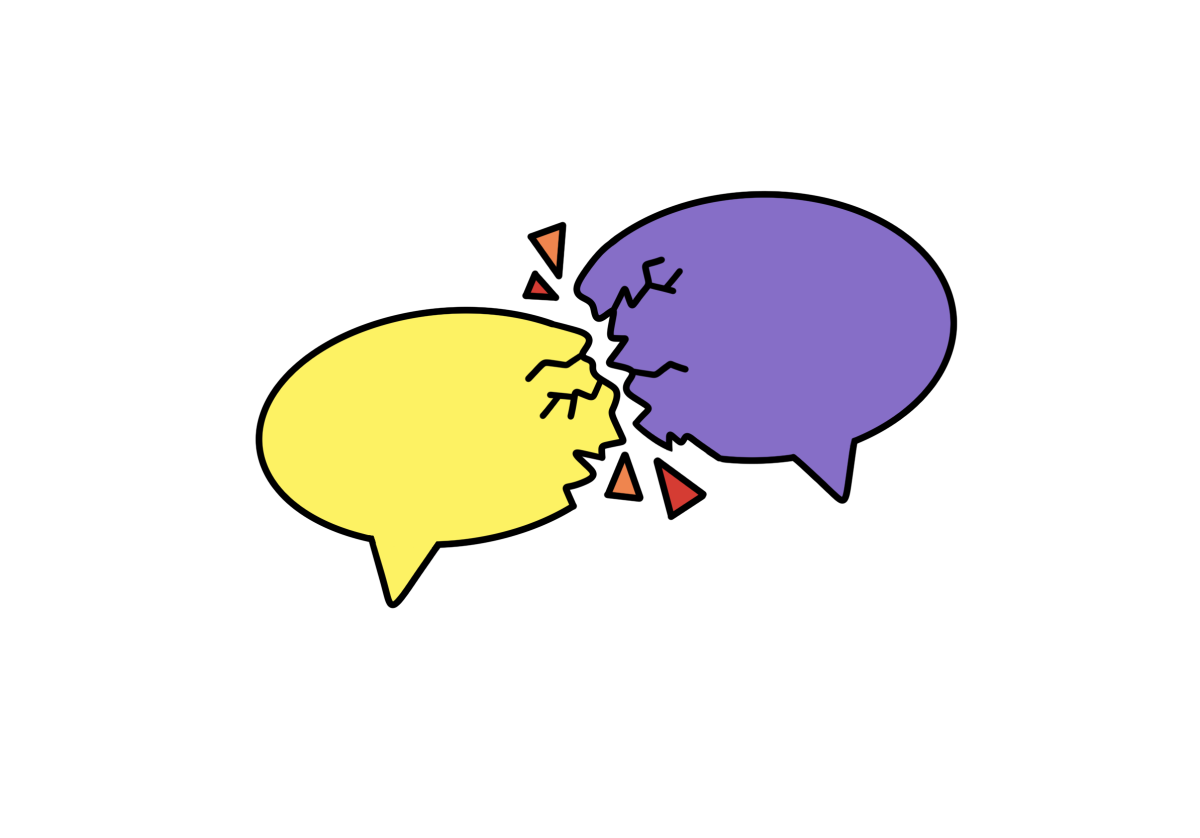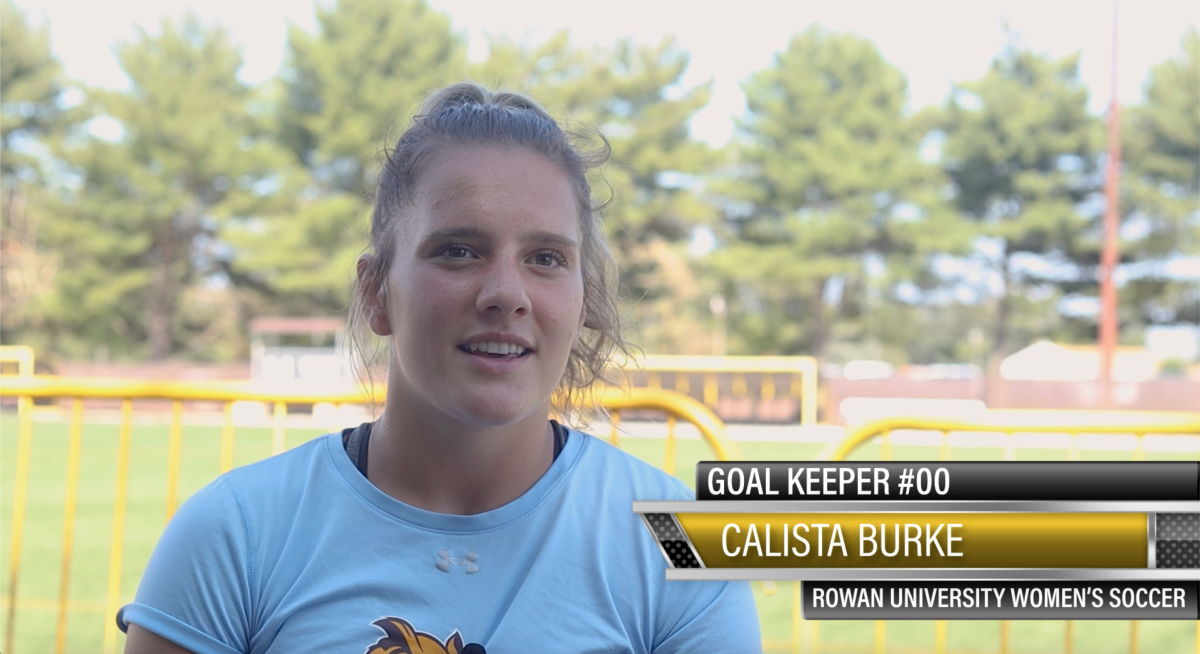Former National Hockey League (NHL) player Chris Simon tragically took his own life on March 18, 2024. In 2017, Simon filed for bankruptcy due to not being able to work because of the physical toll that hockey took on him. In that filing, a doctor testified that Simon showed symptoms of Chronic Traumatic Encephalopathy (CTE). Many believe his struggle with CTE is the reason he decided to commit suicide.
Leading up to Simon’s death, the NHL has done nothing to create regulations that would protect their players. Even to this day, no such regulations exist.
The Whit staff believes that if a pro sports league is not willing to support change in protecting athletes, then universities should. Rowan University is a good place to start because if a professional sports league is not willing to step up it falls upon universities and colleges.
Rowan has club hockey teams and a football team— which are the other contact sports that are likely to cause CTE.
“The family strongly believes and witnessed firsthand that Chris struggled immensely from CTE, which unfortunately resulted in his death,” said a spokesperson on behalf of the Simon family.
CTE is a progressive degenerative disease that occurs due to repeated blows to the head or concussions. Symptoms of CTE include but are not limited to memory loss, aggression, confusion, depression, impaired judgment, difficulty controlling impulses, erratic behavior, suicidal tendencies, anxiety, trouble sleeping, dizziness, and trouble balancing, according to the Indiana University School of Medicine.
There is currently no cure for this disease.
Commissioner of the NHL, Gary Bettman, has denied any link between CTE and repeated blows to the head. After Simon’s death, Deputy Commissioner Bill Daly was asked by Daily Faceoff’s Frank Seravalli if the league’s views had changed.
“No,” Daly said. “I think the science is still lacking.”
This statement is not true; there is evidence that can link repeated blows to the head with CTE. At Boston University, they have a CTE center specifically used to research CTE. They have looked at 74 different brains from various brains and have found that it is 23% more likely that CTE happens each year the sport is played.
As of right now, Rowan has published research about concussions, talking about what recovery from concussions is like and how symptoms such as depression, anxiety, and migraines can occur during a concussion.
Rowan Athletics follows the concussion protocol made by the National Collegiate Athletic Association. Even though Rowan has done things such as research and follow the protocol they should do more going forward.
Rowan can start to help their student-athletes by showing them research in order to protect them.
This can either cause student-athletes to be more careful while playing these sports, or cause them to no longer want to play — especially if their future is on the line. With division three and two sports, most of the athletes do not make the professional leagues, so most of these athletes do not have a future playing the sport.
Rowan can also support organizations that are attempting to make changes in the athletic community to support youth athletes.
One of the best organizations is the Concussion Legacy Foundation. One of the Concussion Legacy Foundation’s main goals is to prevent football players from playing contact football until they are 14. They feel that playing before a high school level is unsafe due to the fact that high school football is more regulated when it comes to safety protocols.
Boston University has found that each year played of contact football increases the chances of CTE by 28% each year. Some youths start contact with football at the age of five.
If Rowan were to support this initiative, it would save many lives.
For comments/questions about this story DM us on Instagram @thewhitatrowan or email [email protected]




































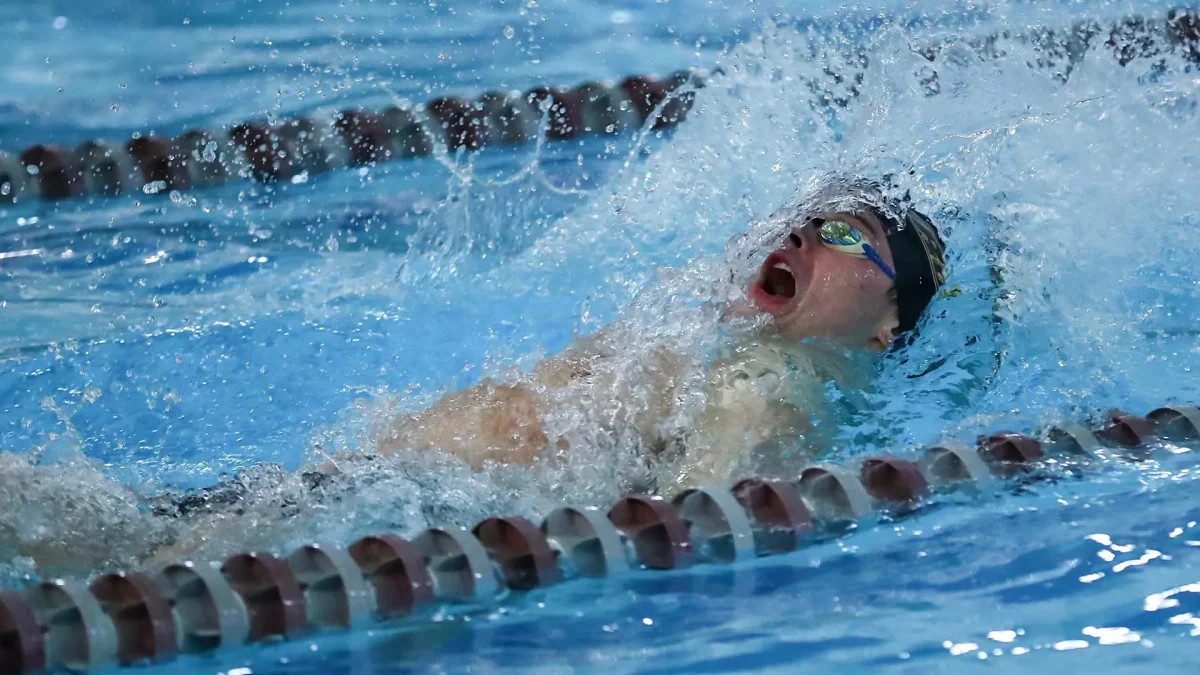



























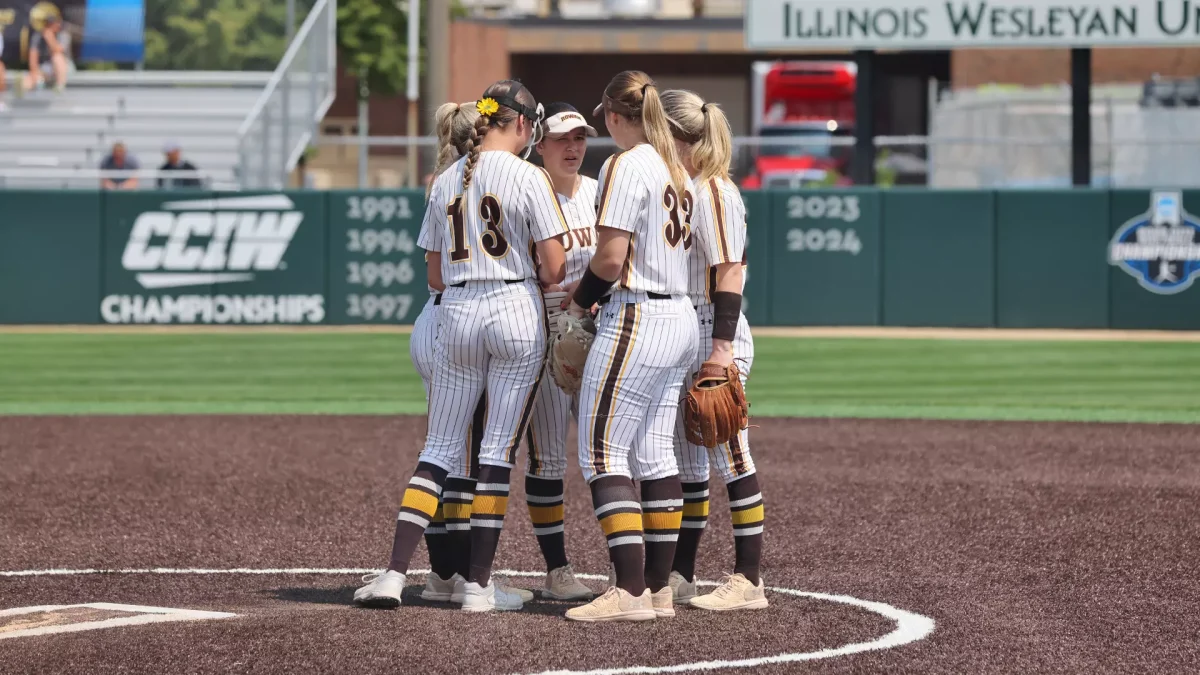




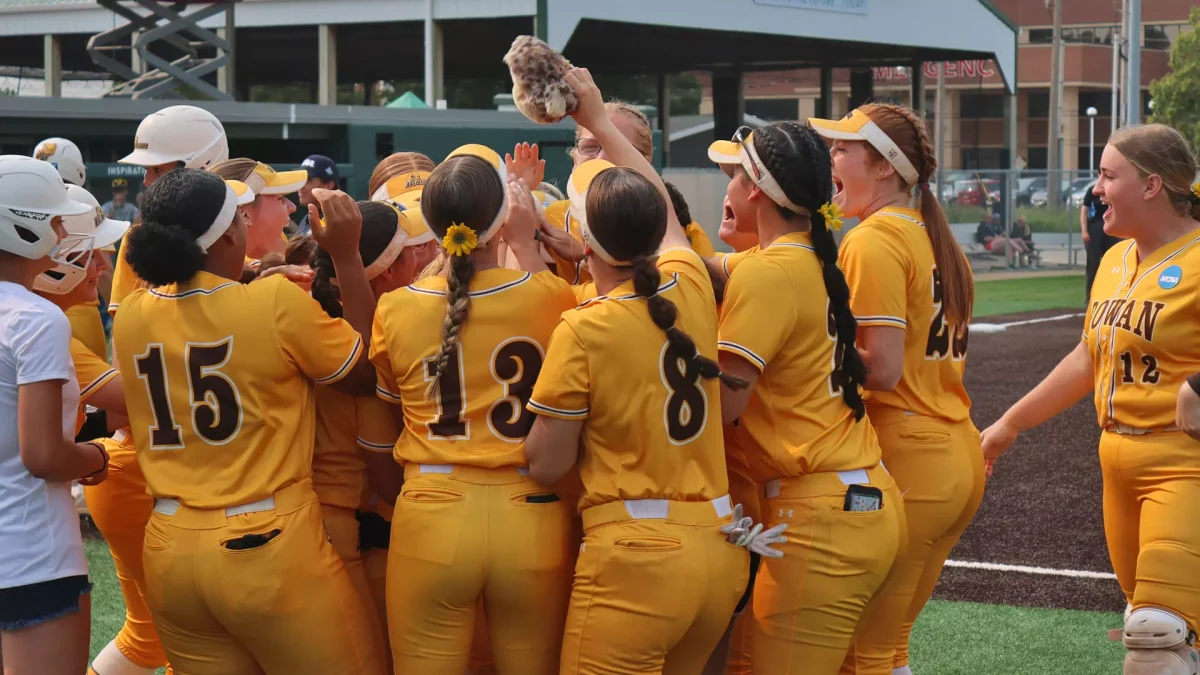


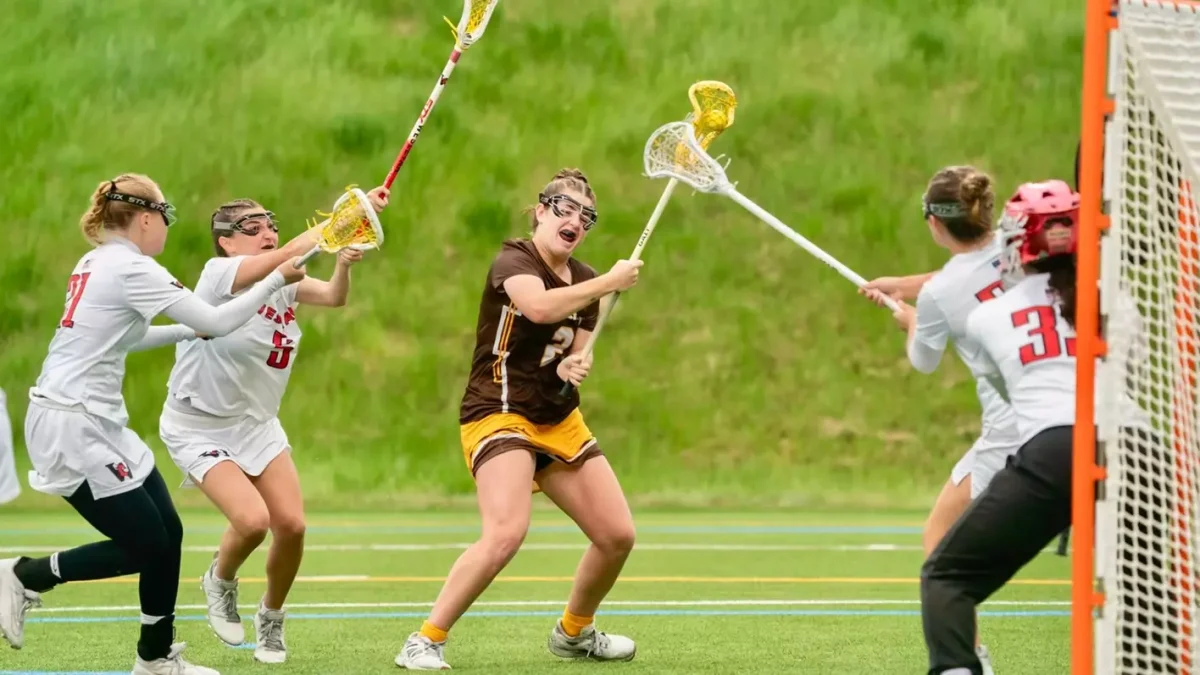

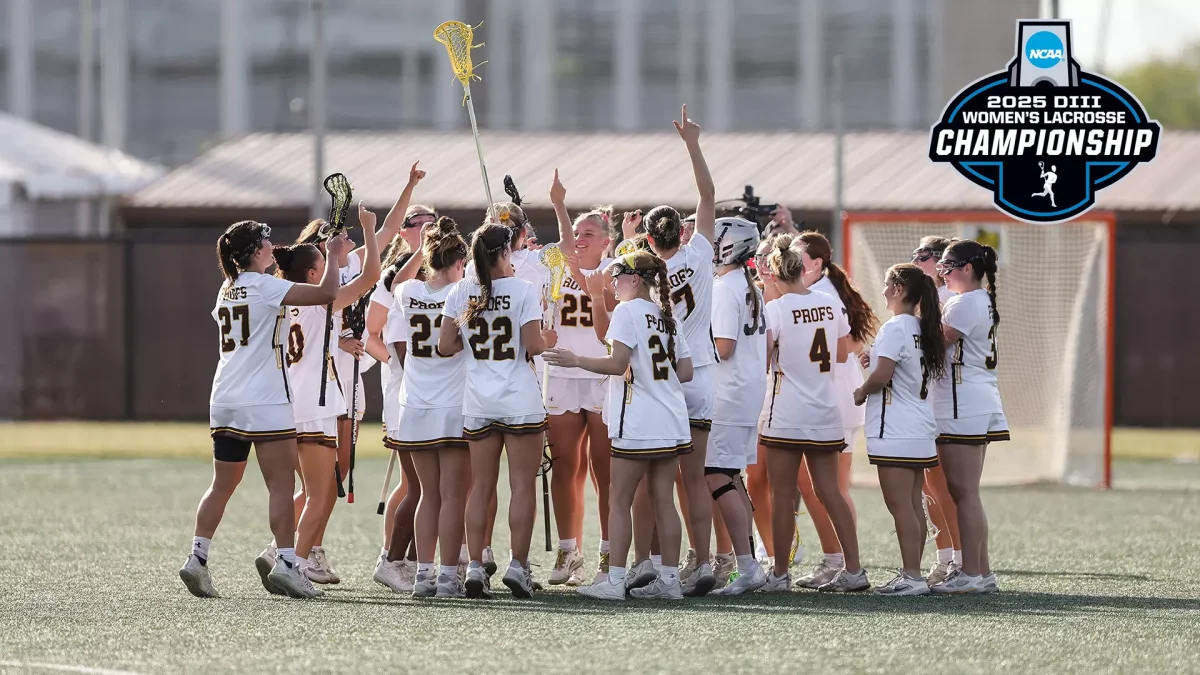
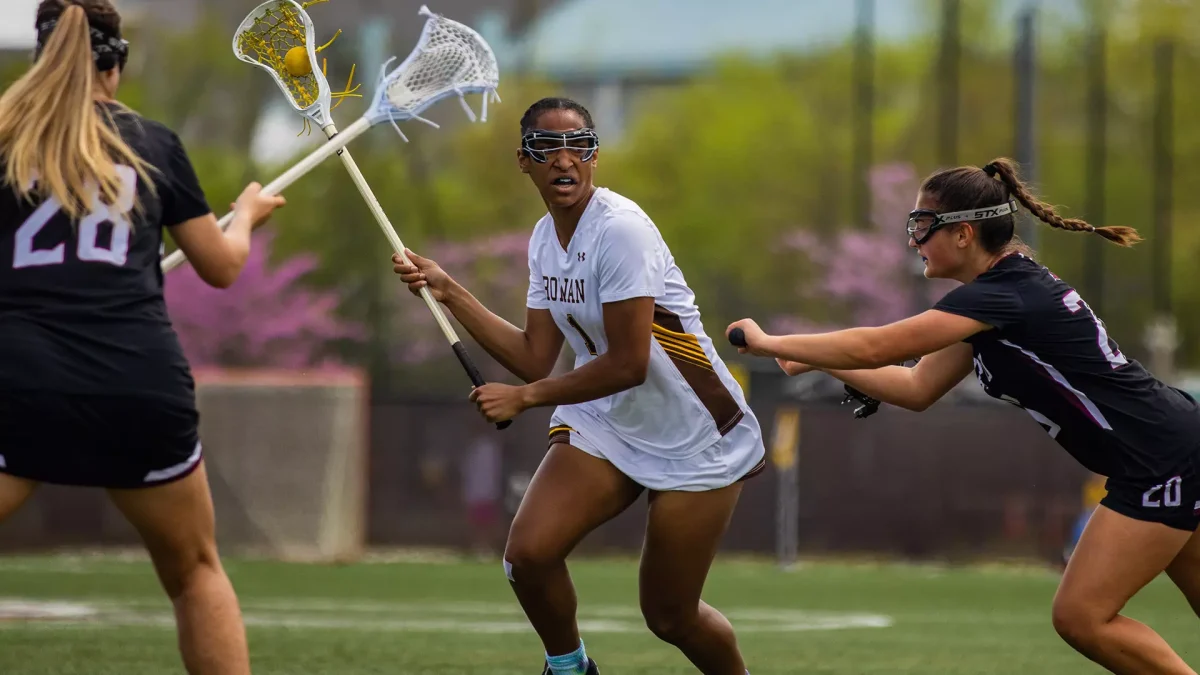



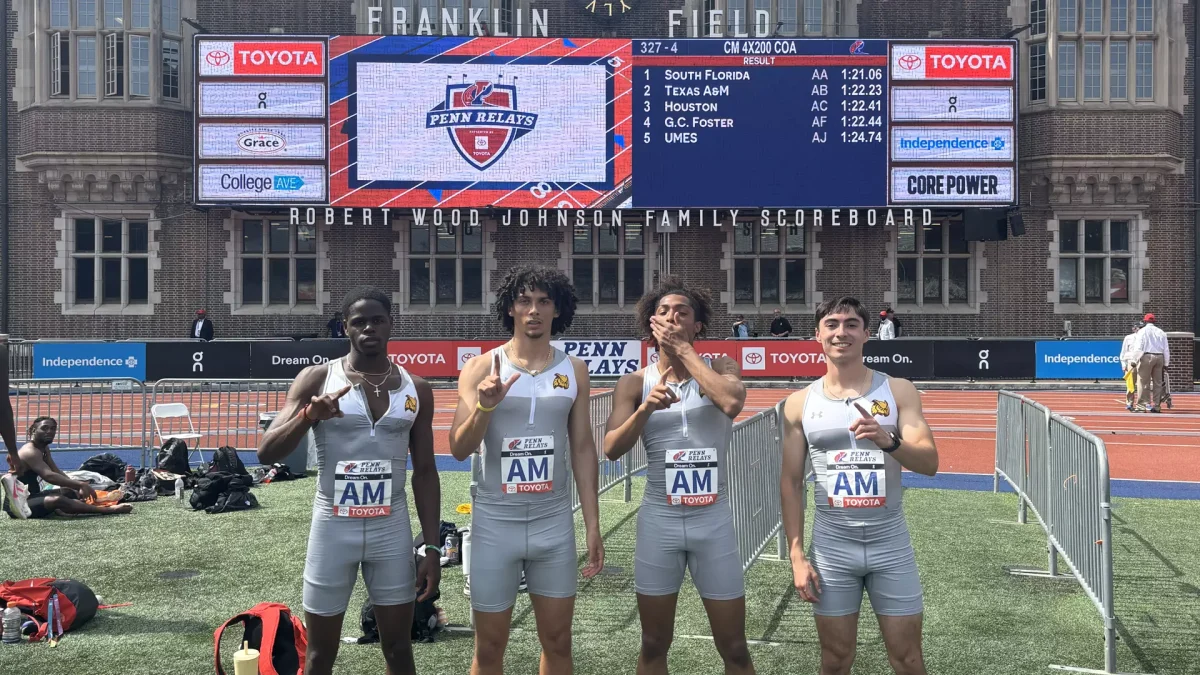









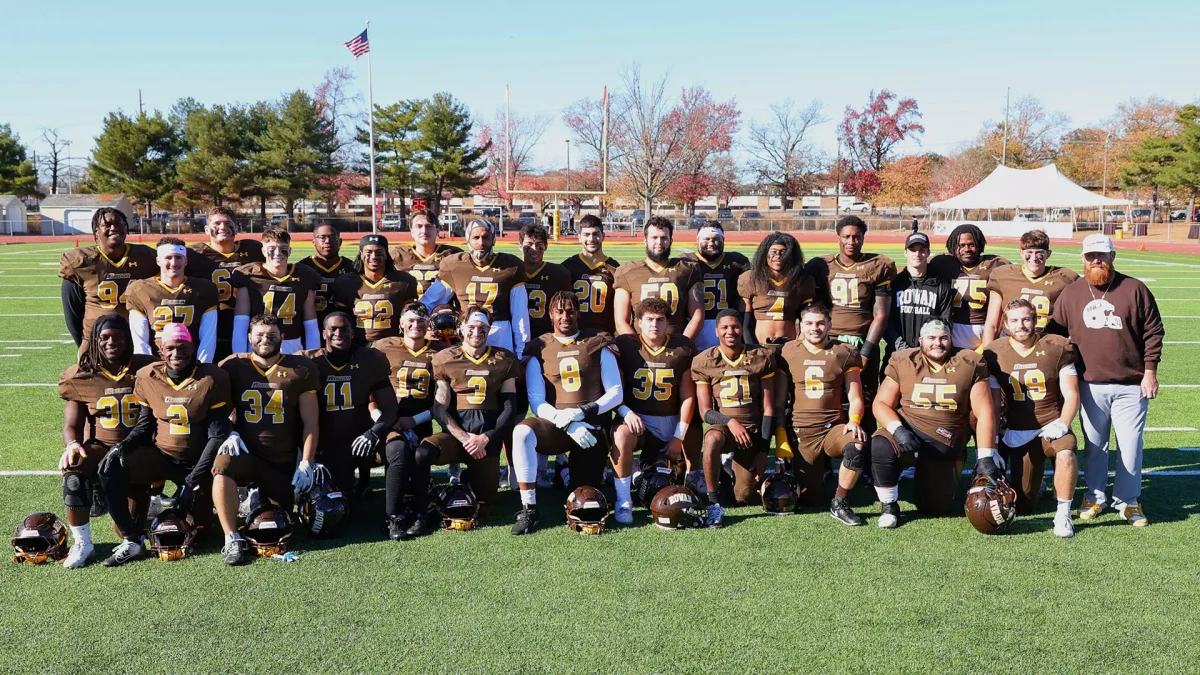

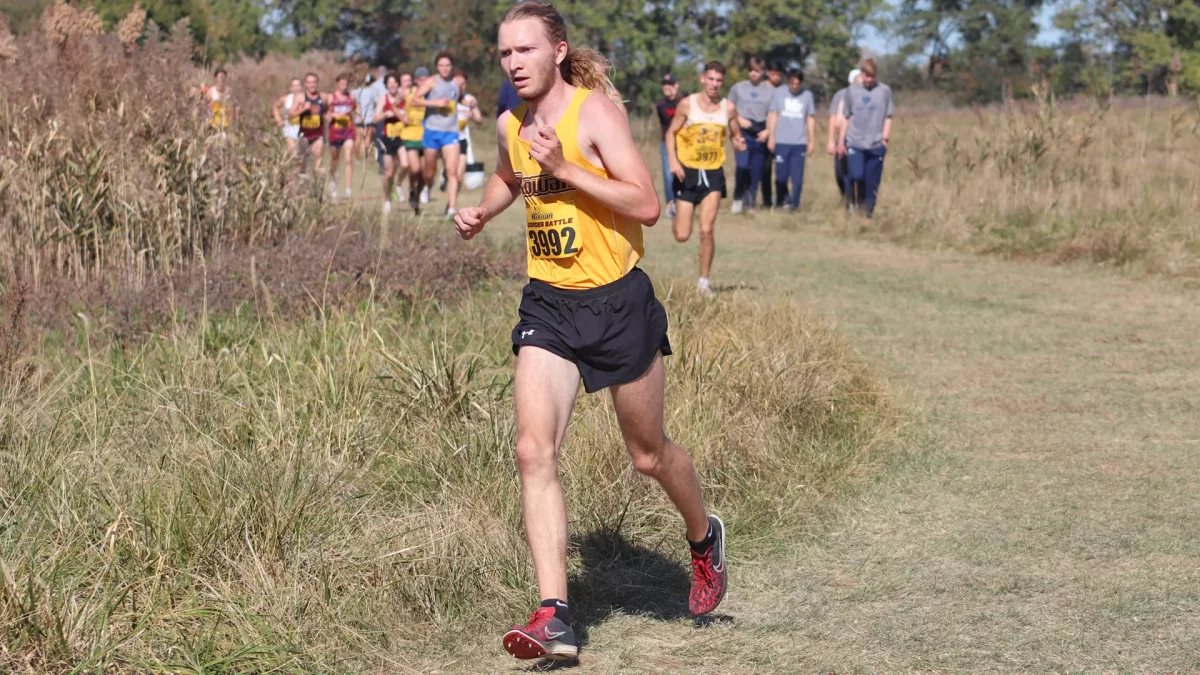





















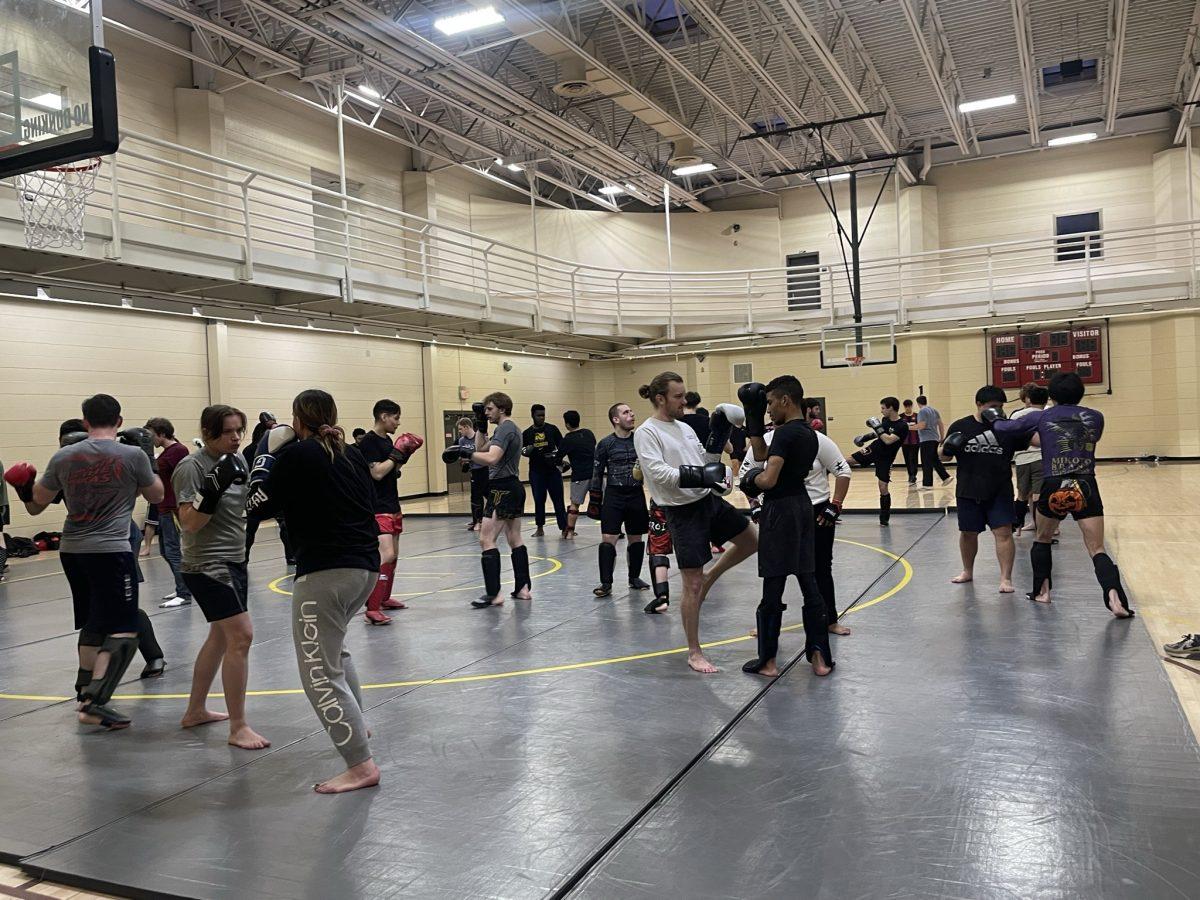






















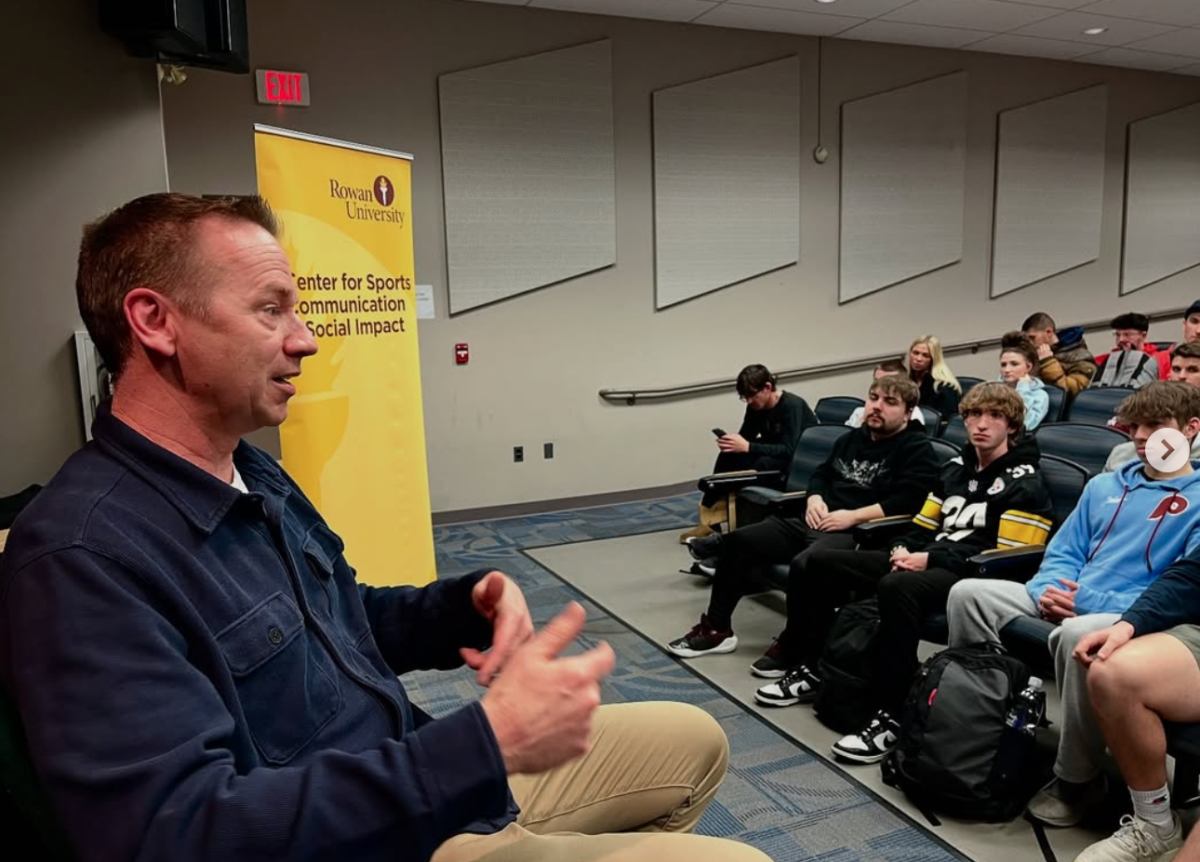


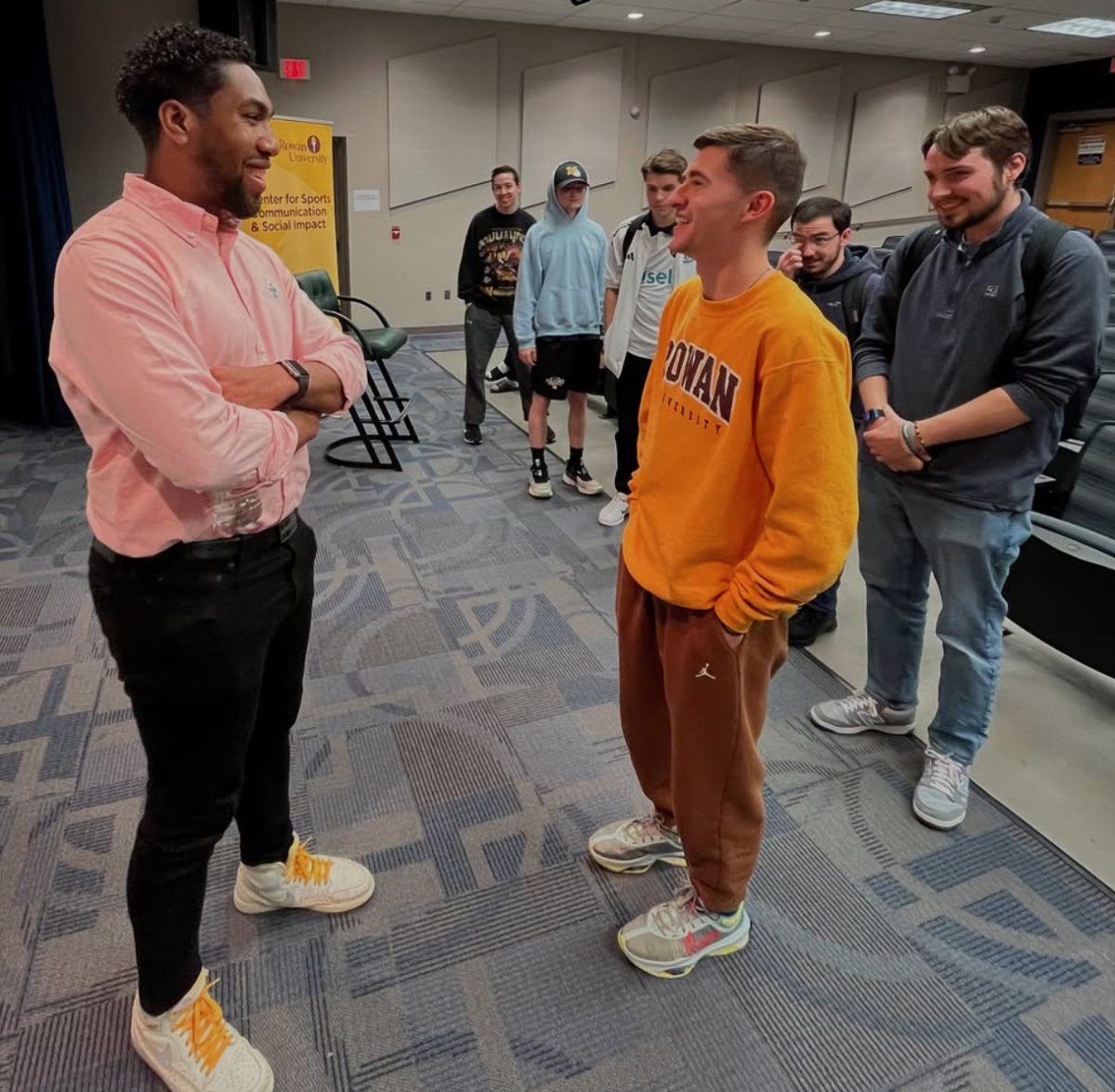

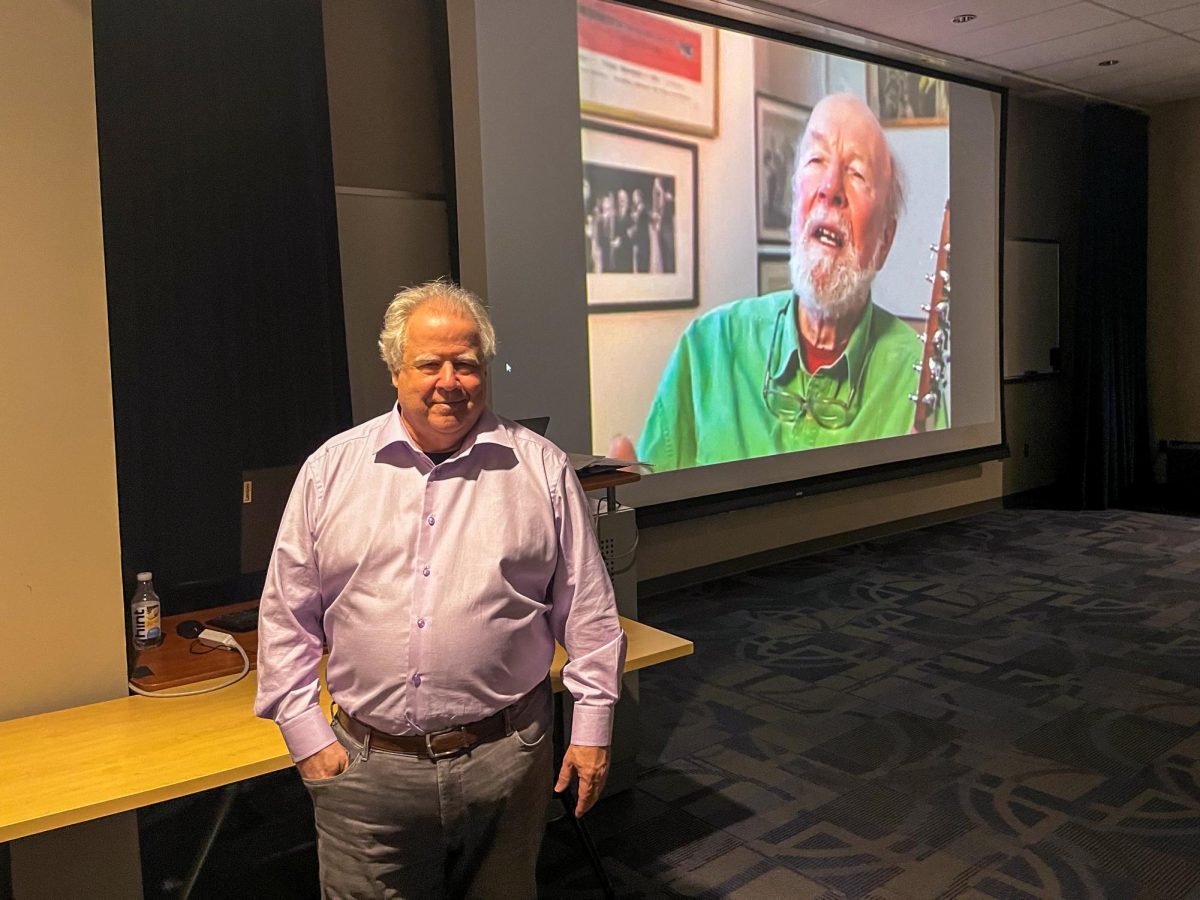












!["Working with [Dr. Lynch] is always a learning experience for me. She is a treasure,” said Thomas. - Staff Writer / Kacie Scibilia](https://thewhitonline.com/wp-content/uploads/2025/04/choir-1-1200x694.jpg)




















